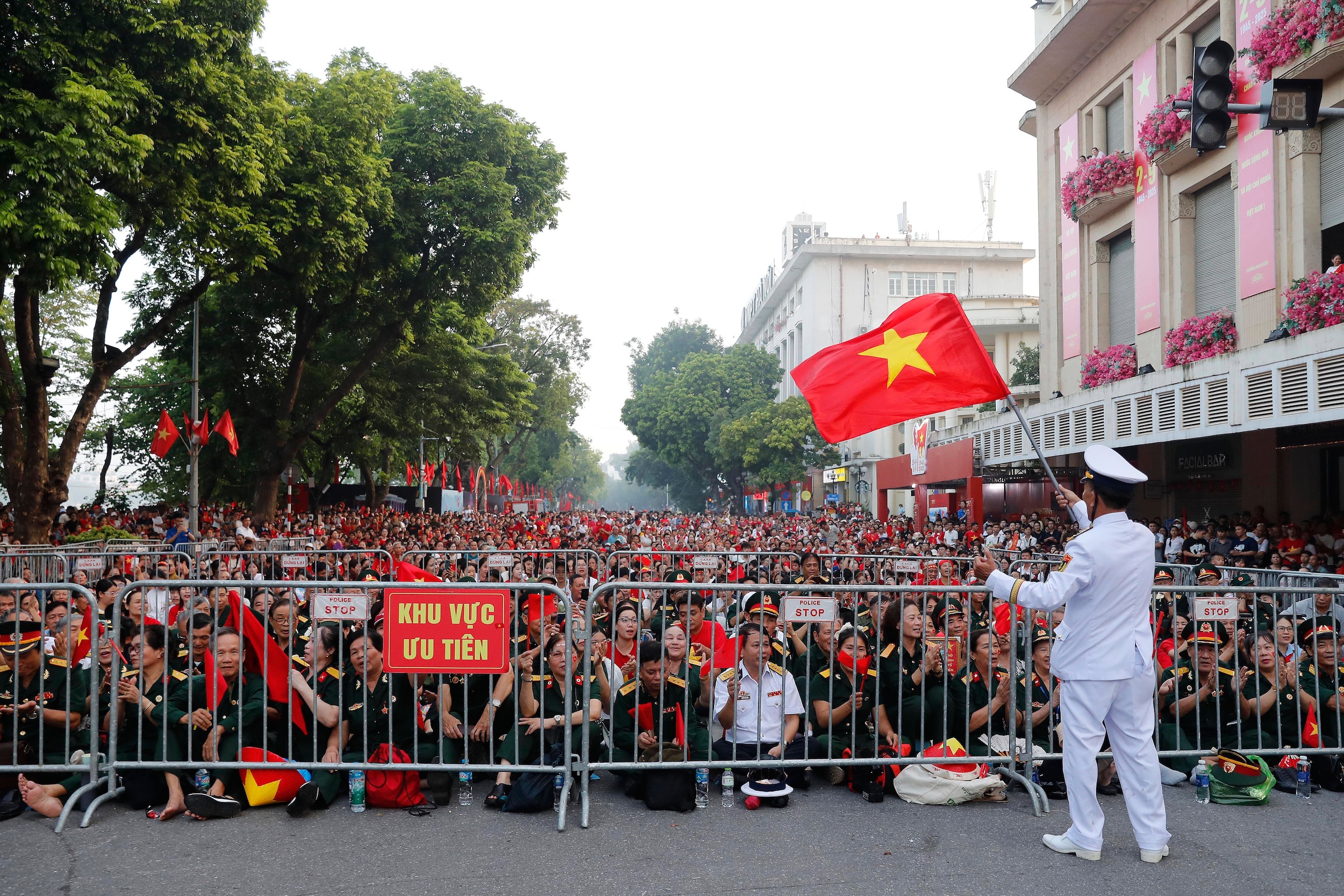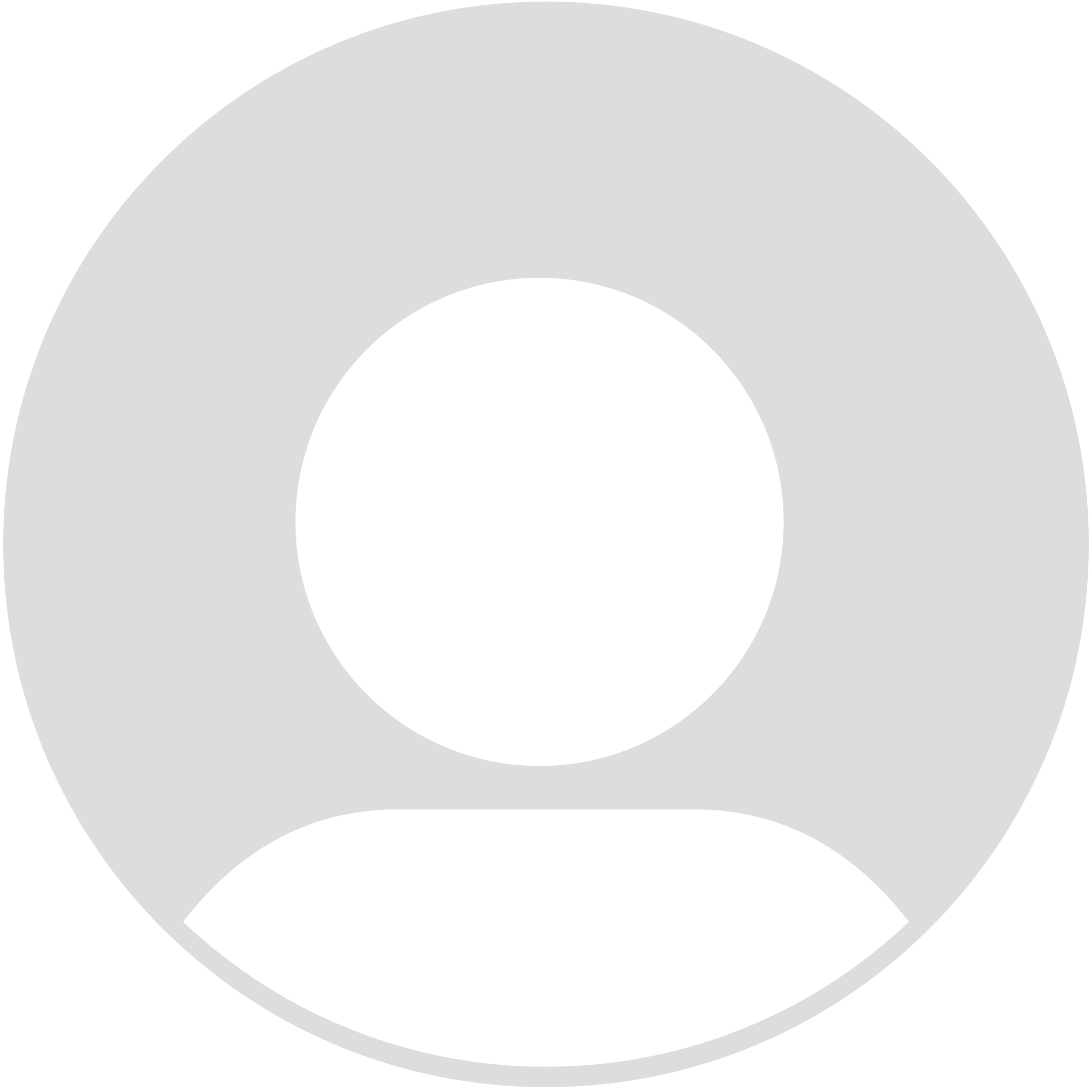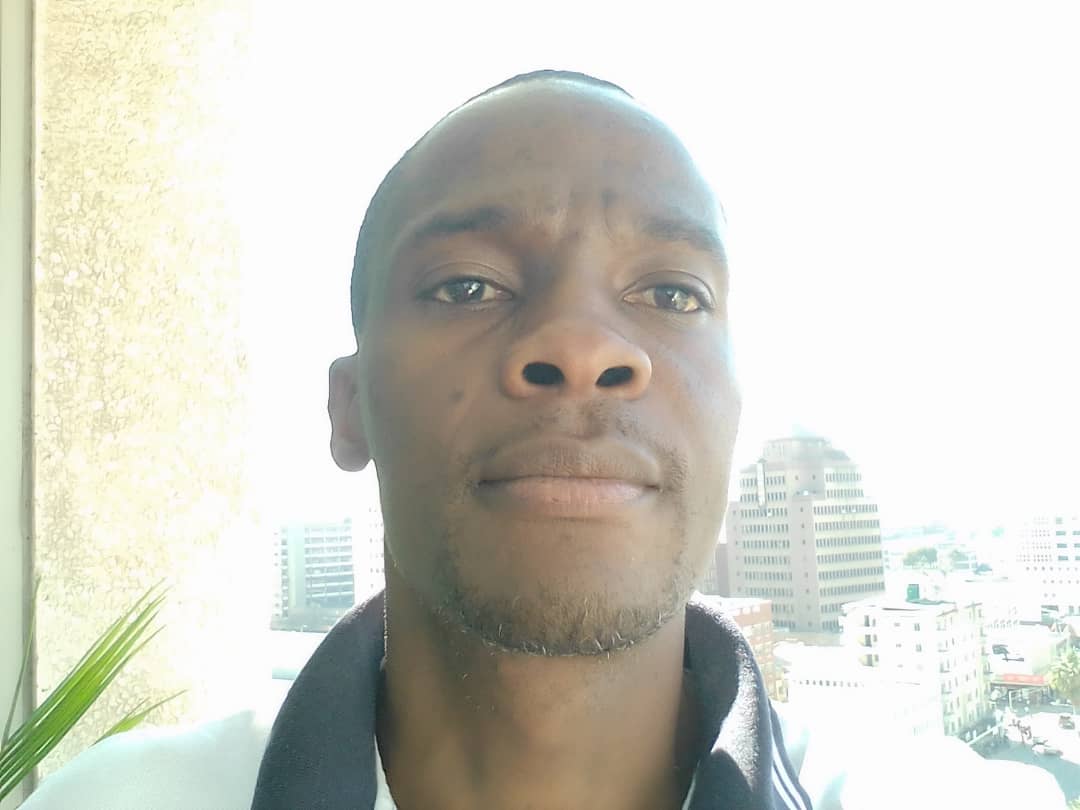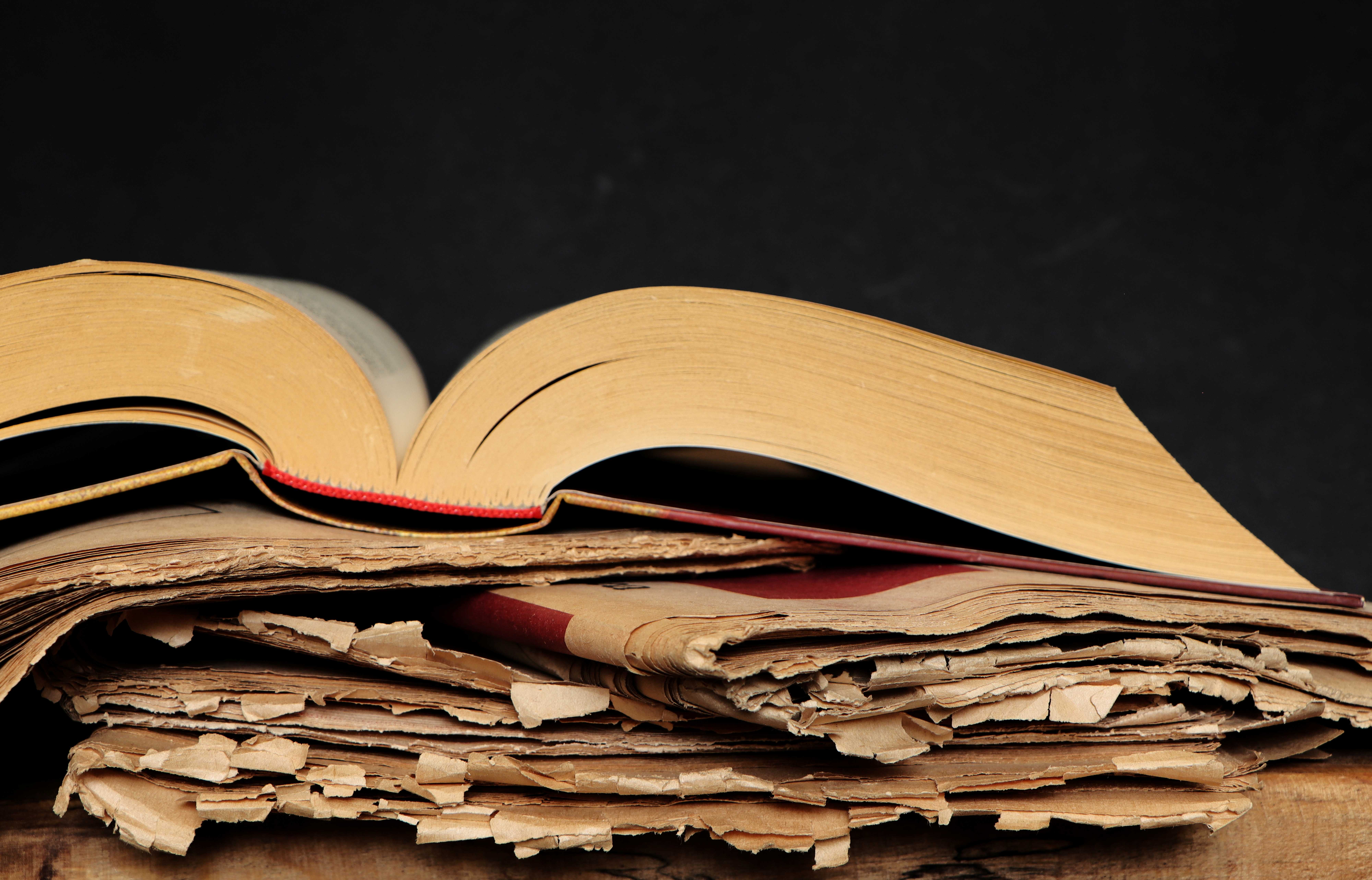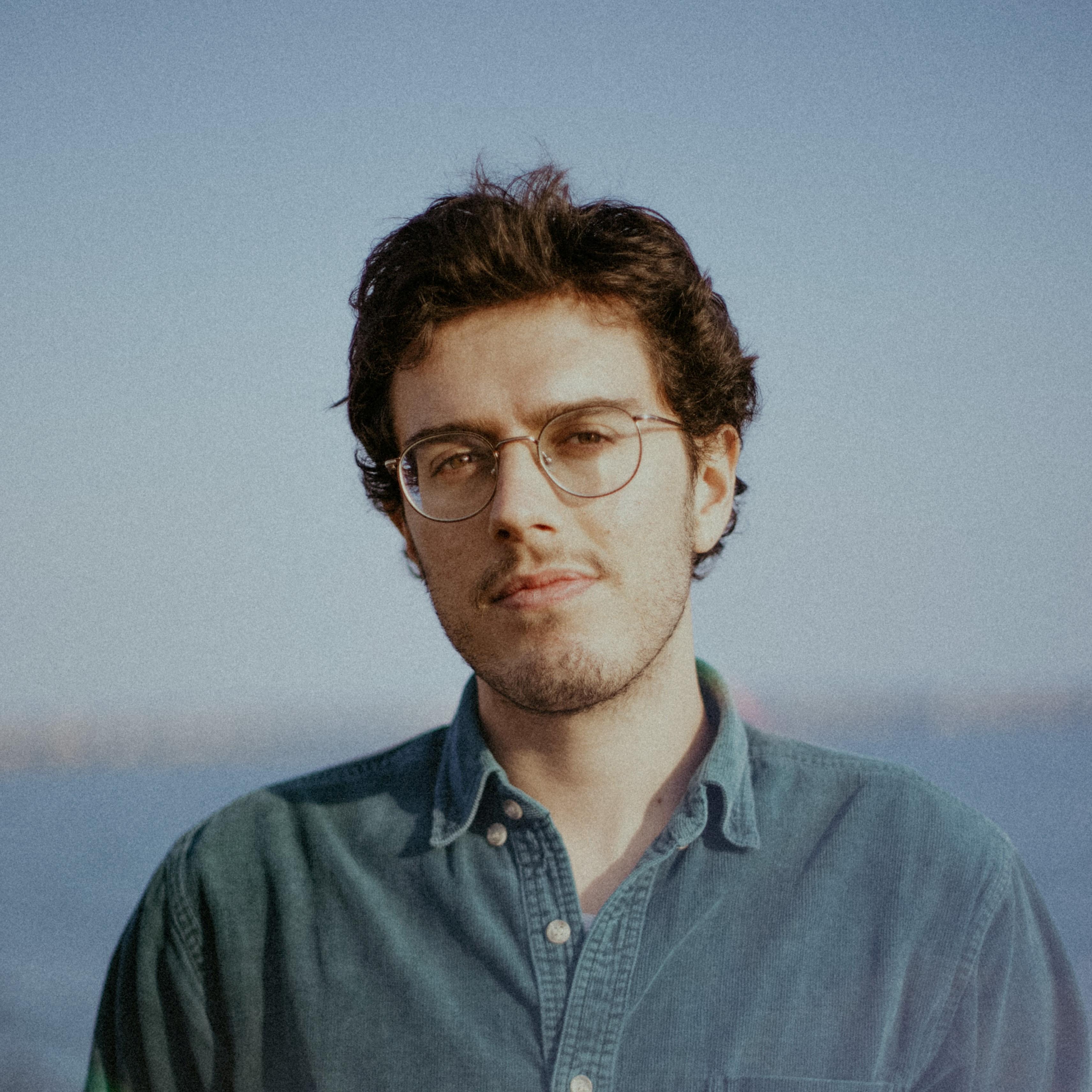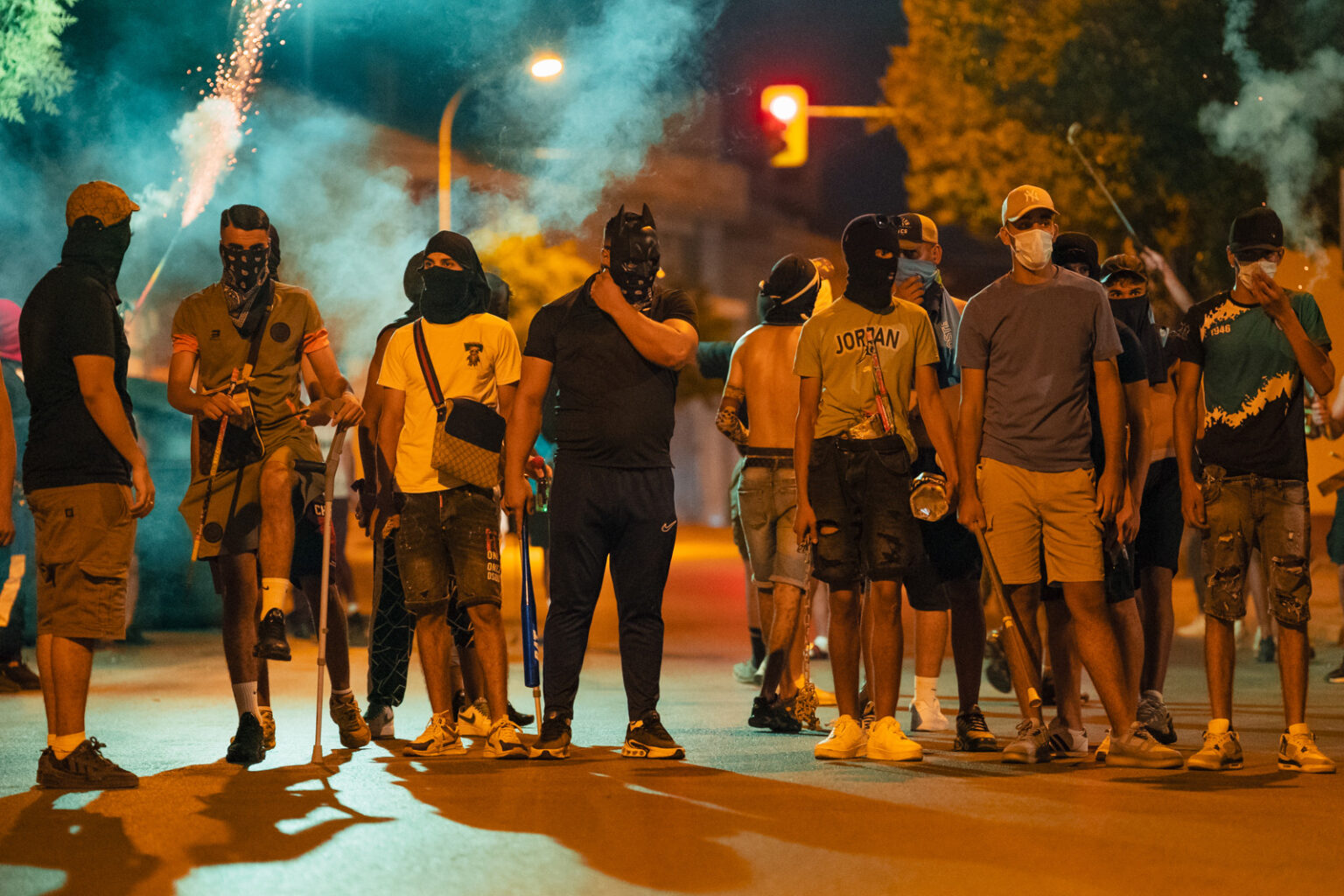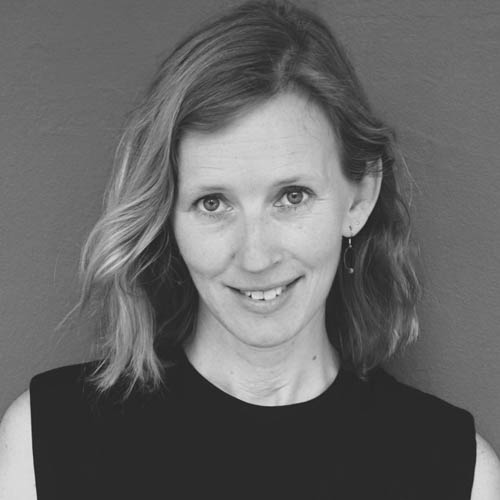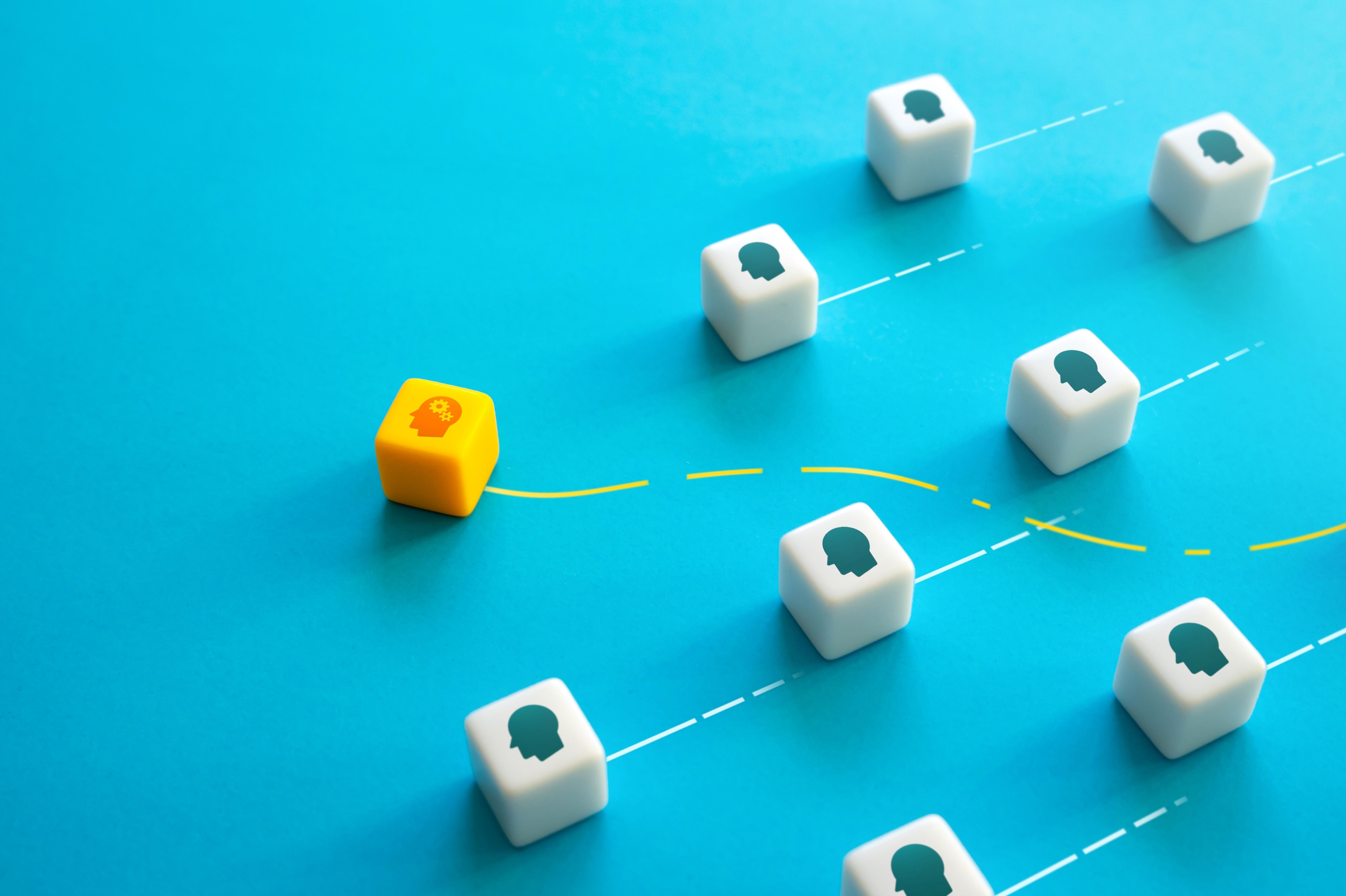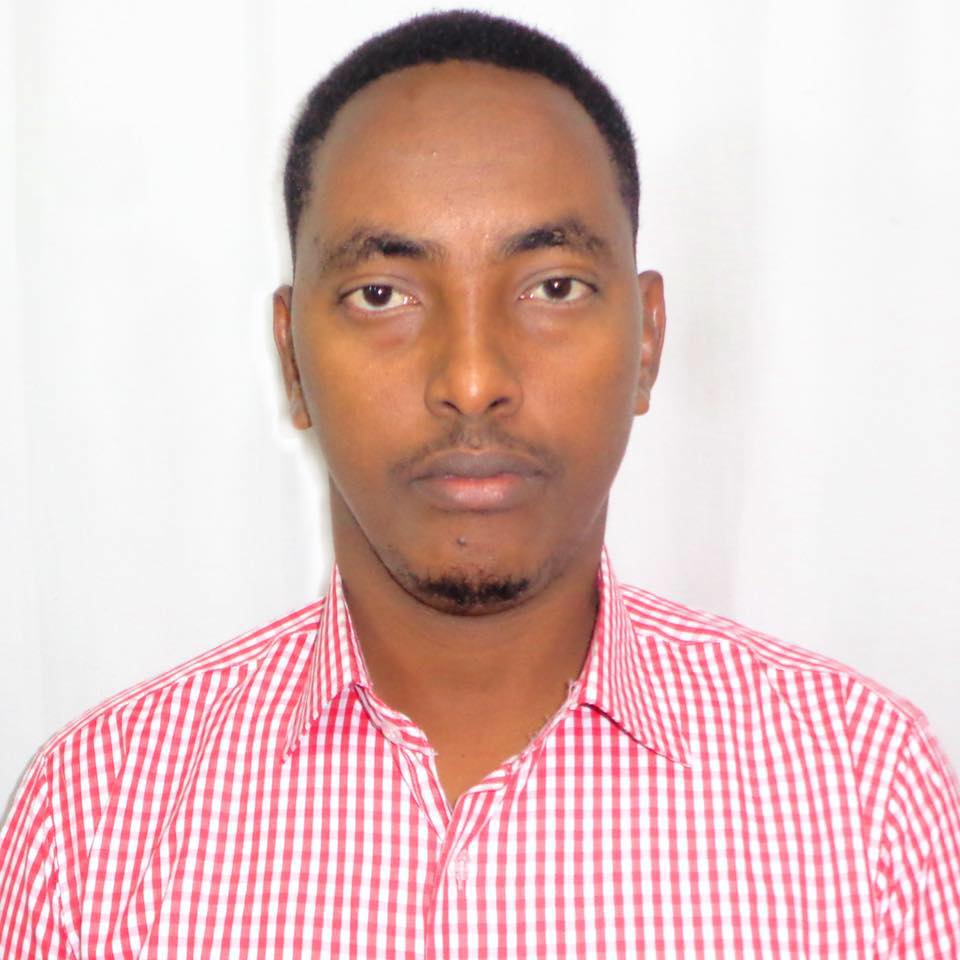تحتل أخبار التحرش اليوم مساحة واسعة من التغطيات الإعلامية عربيا وعالميا، فمنذ انطلاق حركة "وأنا أيضًا" (Me too)، أصبحت قضايا التحرش "ترند صحفي"، وأصبح الكثيرون يلهثون وراء هذا النوع من الأخبار والتغطيات الصحفية التي تجذب القراءات أو "الترافيك". لكن هل فكر الصحفيون وهم يكتبون قصصهم في دورهم ودور الإعلام في هذه القضية؟ وهل يكتبون عنها من أجل كسب مزيد الزيارات والقراءات والمشاهدات، أم أنهم يسعون لعلاج واحدة من مشكلات المجتمع، ووضع حد لها؟
انطلقت حركة "Mee too" عام 2006 على يد تارانا بورك التي استخدمت هذا التعبير لرفع الوعي بالانتهاكات التي تتعرض لها النساء. وفي العام 2017، اكتسب هذا المصطلح شهرة عالمية عندما استخدمته الممثلة أليسا ميلانو، تبعه نشر شهادات من ممثلات في هوليود عن وقائع تحرش تعرضن لها في بيئة العمل، لينتشر المصطلح عالميا وتستخدمه النساء في الحديث عما تعرضن له من انتهاكات (1).
الزخم الإعلامي الذي اكتسبته قضايا التحرش بعد تورط مشاهير فيها، دفعت القضية إلى واجهة النقاش، وأصبح الإعلام مطالبا بتغطية قضايا التحرش، بهدف التعريف بالجريمة، والأسباب التي تؤدي لها، حيث تؤكد الدراسات الإعلامية أن لطبيعة التغطية الصحفية تأثير على معرفة واتجاهات ومعتقدات الجماهير تجاه هذا النوع من القضايا (2).
يضطلع الإعلام، إذن، بدور ورسالة مهمين أثناء تغطية جرائم التحرش، من خلال عرض الأخبار وتحليلها بدقة وموضوعية، وتقديم الإحصائيات والأرقام التي تعطي صورة كاملة عن القضية. فهل تقوم الصحافة بهذه المهمة حاليا؟ ثم هل ما نراه من تغطيات لقضايا التحرش التي تحمل عناوين مثل: "شاهد فيديو يكشف تحرش رجل بطفلة"، أو اقرأ "تفاصيل واقعة تحرش مثيرة بفتاة.."، أو "لقاء مع والدة الطفلة ضحية التحرش"، وغيرها، تحمل رسالة إعلامية؟ وهل يفكر من كتبها في هذه الرسالة أم أنه كان يسعى لركوب الموجة أو "الترند" على حساب القضية الأساسية؟ وكيف يمكن أن تنطوي بعض التغطيات على مساهمة في نشر ظاهرة التحرش؟
أشارت دراسة حديثة نشرت في أكتوبر 2020 إلى أن حركة "Me Too" ساهمت في زيادة الوعي بقضايا التحرش، لكن لتحقيق أثر فعلي على الأرض، لا يكفي تعريف الناس بالوقائع، بل يجب أيضا اتخاذ خطوات لتحديد سبب هذه الجرائم، خاصة أن ما يقوم به الإعلام من تسليع للمرأة يؤدي لنشر ثقافة التحرش" (3). يعني ذلك أن رسالة الإعلام في مكافحة التحرش لا يجب أن تقتصر على نشر الأخبار عن الجرائم التي ترتكب، وإنما تقع على عاتقه مسؤولية المعالجة والتوعية، ومحاربة ظاهرة "تسليع المرأة" في الإعلام، كاستخدام عبارات تحمل في مضمونها تحرشا باعتبارها عبارات "مجاملة". فعلى سبيل المثال، نشر كاريكاتير مؤخرا في جريدة المصري اليوم للتعليق على قضية الصاروخ الصيني التائه في الفضاء، حيث استخدم لفظ الصاروخ في الإشارة للمرأة، وهو لفظ يندرج تحت التحرش اللفظي بالمرأة للإشارة إلى "جمالها".
من هنا تظهر أهمية إدراك مفهوم التحرش قبل الكتابة عنه، خاصة وأن كثيرا من الناس، ومنهم الصحفيون، قد لا يدركون معنى التحرش، وقد يتعاملون مع بعض التصرفات باعتبارها سلوكا عاديا، أو كما نقول "معاكسة". تعرف منظمة "وان إيفرا" WAN-IFRA ضمن برنامجها "النساء في الأخبار" التحرش الجنسي على أنه: "تصرف عدائي وغير مرغوب به، ذو طبيعة جنسية ينتهك كرامة الشخص ويشعره بالإهانة أو الترهيب أو التهديد، وهو تصرف غير قانوني في معظم البلدان، ويندرج تحته عدة أشكال وهي التحرش اللفظي، أو غير اللفظي، أو الجسدي، وحتى الاغتصاب" (4).
وتجرم القوانين المحلية والعالمية التحرش بأشكاله المختلفة، فيما لدى بعض الدول العربية ومن بينها مصر ولبنان قوانين خاصة بالتحرش، تحدد ما هي جريمة التحرش وتفرض عقوبات عليها، وقوانين أخرى تجرم التحرش الإلكتروني. كما تجرم عدد من الدول التحرش في إطار جرائم حماية الشرف والآداب العامة، وتضع بعض هذه القوانين قيودا لحماية شخصية المبلّغ أو الضحية أو الناجيـ/ـة، وإن كان معظمها يضع عبء الإثبات على الضحية.
تغطية صحفية استثنائية
وضعت عدد من دول العالم قواعد خاصة بالتغطية الإعلامية لجرائم التحرش، استثنتها من الجرائم العادية، ووضعتها في إطار خاص. ففي بريطانيا مثلا، تقول القاعدة الأساسية إن الإعلام يتابع القضايا المعروضة في المحاكم بشفافية وانفتاح، مما يعني نقل جميع تفاصيل القضية من أسماء المتهمين والضحايا، لكن التحرش يعد استثناء من هذه القاعدة، مع وجوب إخفاء شخصية الضحية أو الناجيـ/ـة في كل الأحوال ومدى الحياة حتى لو أسقطت القضية، ويمكن للناجيـ/ـة تقرير الكشف عن هويتهـ/ـا إذا كانـ/ـت فوق ١٦ سنة (5).
ووضعت الكثير من المنظمات والمؤسسات الدولية المعنية بالصحافة، ومن بينها الاتحاد الدولي للصحفيين واليونيسيف، مواثيق أخلاقية وأدلة إرشادية لتغطية جرائم التحرش والعنف ضد النساء، تشترك معظمها في عدة عناصر رئيسية، أهمها إخفاء هوية الضحية أو الناجيـ/ـة (6)، (7).
يقول رون إف سميث في كتابه حول أخلاقيات الصحافة إن "الصحفيين أنفسهم عادة ما لا يفضلون ذكر اسم ضحايا الاغتصاب، اعتقادا منهم أن الخوف من التعرض لمزيد من الإذلال هو ما يجعل بعض ضحايا الاغتصاب لا يبلغن عن الجريمة، مستشهدين باستطلاع رأي توصل إلى أن أكثر من ثلثي النساء المستطلعة آراؤهن قلن إن احتمالية إبلاغهن عن الاعتداءات الجنسية ستكون أكبر إذا كان هناك قوانين تحظر إفشاء أسمائهن".
لكن الحظر على التصريح بأسماء ضحايا الاغتصاب والانتهاك الأسري ليس مطلقا، وفقا لسميث، "فكل وسائل الإعلام تنشر الأسماء إذا ما قتلت الضحية، كما تذكر غالبية وسائل الإعلام أسماء الضحايا الذين يقررون الكشف عن الجريمة للجمهور، ويوافقون على أن تنشر أسماؤهم، ويذكر نصف وسائل الإعلام تقريبًا اسم الضحية إذا كانت الشخصية معروفة على مستوى البلاد، وكثير من المحررين يلتفون على القواعد إذا ما ذكرت وسائل الإعلام الأخرى اسم الضحية، أو إذا اتهمت زوجة زوجَها بالاغتصاب" (8).
تركز معظم النصائح الخاصة بالكتابة عن التحرش على حماية خصوصية الضحية، وتلبية مطالبها، والحفاظ على أمنها وعدم تعريضها للخطر، سواء بالكشف عن هويتها أو حتى باختيار مكان عقد المقابلات الصحفية معها. وفي بعض الدول التي تنص قوانينها على سرية بيانات الضحية، يمنع نشر أي بيانات يمكن أن تكشف عن هويتها. ووفقا لهذه القواعد، يجب على الصحفي أن يأخذ في اعتباره ألا تساهم المعلومات التي ينشرها، لو جمعت مع المعلومات الأخرى المنشورة في المواقع المختلفة، في الكشف عن هوية الضحية. وفي حال نشر الخبر على مواقع التواصل الاجتماعي فيجب أن يحرص ألا تساهم التعليقات في الكشف عن هويتها عن طريق حظر التعليقات على هذه النوعية من الأخبار (5).
المرصد الأردني للإعلام يحظر نشر صور وأسماء ضحايا الاعتداءات الجنسية أو الأسرية، وعلى الأخص الأطفال؛ نظرا لحساسية وخصوصية هذه القضايا وتأثيرها على الضحايا مستقبلا.
ونظرا لحساسية جرائم التحرش، وحساسية وضع الناجيات في بعض المجتمعات، ومن بينها المجتمعات العربية، فإن معظم الأدلة تضع قواعد خاصة لمقابلة الناجيات، من بينها الاستعانة بصحفيين محليين وأشخاص يستطيعون الوصول إلى الناجيات دون حرج أو حساسية (الصحفيات عادة أكثر قدرة على الحوار مع الناجيات)، والحرص على توفير مكان آمن وملائم لعقد المقابلة، ويفضل أن تختاره الضحية بنفسها (9).
ومن الطبيعي أن يجمع الصحفي أكبر قدر من المعلومات عن القضية قبل الحوار، لكن هذا لا يعني أن يذهب لاستعراض معلوماته ومعرفته أمام الضحية، بل عليه أن يكون مستمعا جيدا، ويعطيها المجال للحديث بحرية، مع منحها الإحساس بالتقدير والاحترام، والحفاظ على تعبيرات وجه محايدة، وعدم توجيه أسئلة أو استخدام عبارات تحمل في طياتها لوما للضحية. والأهم، كذلك، هو عدم الضغط عليها لتجيب على أسئلة لا تريد الإجابة عنها، وتزويدها بكافة المعلومات عن الموضوع الذي سيتم نشره، وكيف سينشر، حتى أنه يمكن السماح للضحية برؤية وقراءة الموضوع قبل النشر كي تشعر بالطمأنينة.
اللغة الدقيقة المنصفة
تعتبر اللغة أحد المعايير المهمة الخاصة بالكتابة عن التحرش، وتتفق معظم الإرشادات الدولية الخاصة بهذا المجال على ضرورة اختيار كلمات تصف بدقة ما حدث، وتجعل القارئ يشعر بفظاعته؛ فلا يستخدم الصحفي تعبيرات أو كلمات كالتي تستخدم في وصف الأفعال الحميمية العادية، بل يجب أن يستخدم تعبيرات أكثر قسوة وفظاظة. وفي نفس الوقت يجب ألا يستخدم الصحفي عبارات أو كلمات تتضمن إطلاق أحكام أو تشويه أو تنميط للضحية، أو أوصاف وتفاصيل يمكن أن تسبب لوما لضحية، كتلك التي نقرؤها في كثير من التغطيات اليوم، والتي تتضمن وصفا لملابس الضحية أو موعد الجريمة ومكانها، وكأن ملابسها أو موعد خروجها من المنزل السبب في حدوث الجريمة. فنجد عبارات من قبيل "كانت ترتدي فستانا قصيرا أو مثيرا"، أو "في طريق عودتها للمنزل بعد منتصف الليل"، ليكون الرد في أذهان الجمهور "وإيه اللي وداها هناك" (6)، (9).
وقد يذهب البعض إلى عدم استخدام لفظ الضحية، واستخدام لفظ الناجية بدلا عنه، اعتمادا على دراسات تشير إلى أن من تعرضن لهذا النوع من الجرائم يفضلن لفظ الناجية. ومن النصائح اللغوية أيضا، عدم استخدام صيغة المبني للمجهول، لأنها تقلل من خطورة الموضوع، وعدم استخدام كلمات قد تحمل تشكيكا في الواقعة، مثل (ادعى، زعم… إلخ) واستخدام كلمات محايدة بدلا منها، مثل "قال" (9).
ولأننا جميعا في هذه المهنة نبحث عن السبق الصحفي، ونشعر بالفخر كلما استطعنا الحصول على معلومات أو تفاصيل أكثر عن الواقعة، فإننا نفعل نفس الشيء في قضايا التحرش، فتجد موضوعات كثيرة تحمل عناوينها كلمات من قبيل "تفاصيل واقعة فتاة..."، "ضحية التحرش تروي تفاصيل الواقعة"... وغيرها الكثير، وهنا يجب أن نطرح سؤالا: إلى أي مدى يفيد ذكر هذه التفاصيل القضية على مستوى المجتمع؟ ففي حين أن ذكر كثير من التفاصيل قد يكون مضرا، فذكر القليل من التفاصيل قد لا يعطي صورة واضحة عما جرى.
يستند كثير من الصحفيين في تغطياتهم لقضايا التحرش على البيانات الرسمية الواردة من جهات التحقيق، والتي تحمل في كثير من الأحيان تفاصيل عن الواقعة، وعن هوية المتهم والضحية. ويعتقد البعض أنه طالما ذكرت هذه التفاصيل في بيانات رسمية، فمن حقهم نشرها علانية في الصحف، متجاهلين أن نشر هذه التفاصيل قد يؤثر على سير التحقيقات، كما حدث مؤخرا في مصر، حيث انتشرت أنباء عن تعرض شهود لضغوط في إحدى القضايا الشهيرة والمعروفة بقضية "فيرمونت" أدت في النهاية إلى تبرئة المتهمين، إضافة إلى أن ما تم نشره في هذه القضية من معلومات تضمن تشهيرا بالضحية، والشهود، حيث نشرت أسماؤهن، وصورهن بملابس وأوضاع قد يرفضها المجتمع.
قضايا التحرش على وسائل التواصل الاجتماعي
تعتبر مواقع التواصل الاجتماعي اليوم من الأدوات المهمة في الكشف عن جرائم التحرش، ورأينا مؤخرا صفحات مخصصة لسرد روايات وقصص الضحايا، فكيف يتعامل الصحفي مع هذه القضايا التي تثير جدلا على مواقع التواصل الاجتماعي؟ وهل نشر تفاصيل الوقائع وأسماء الضحايا والمتهمين يعتبر مبررا للتخلي عن القواعد والأخلاقيات الخاصة بحماية خصوصية الضحية؟ في رأيي الشخصي إن نشر التفاصيل والأسماء على مواقع التواصل الاجتماعي، لا يبرر للصحفي التحرر من قواعد وأخلاقيات المهنة، وإلا أصبح مبررا للصحفيين نشر الأخبار الكاذبة والمضللة المنتشرة دون التحقق من دقتها اعتمادا على أنها منشورة ومتداولة. الصحافة مهنة لها قواعد وأصول وجمهور اعتاد قراءتها وفقا لهذه القواعد.
ختاما، فإن الكتابة عن جرائم التحرش ليست هدفا بحد ذاته، فهي – كما قلنا - وسيلة لتسليط الضوء على هذه المشكلة المجتمعية ومحاولة حلها، وبالتالي يجب على الصحفي أن يعمل على الانتقال من الخاص إلى العام، بمعنى أن يستغل أي حادث تحرش في معالجة القضية من كل أبعادها، عبر ذكر إحصائيات وأرقام تدعم القضية وتشير إلى خطورتها، مع عقد لقاءات مع الخبراء والمتخصصين في هذا المجال، وتقديم معلومات مفيدة عن وسائل حماية الناجيات والجهات التي يمكن أن يتوجهن إليها لمساعدة أخريات على الإبلاغ عن قضايا التحرش، وأن يحرص على ألا يكون أداة للتشهير بالضحية.
1) https://www.bbc.com/news/newsbeat-53269751
2) https://www.who.int/violence_injury_prevention/publications/violence/9789241564007_eng.pdf
3) https://link.springer.com/article/10.1007/s11199-020-01196-0
8) https://www.hindawi.org/books/29260936/
9) http://www.chitaskforce.org/wp/wp-content/uploads/2012/10/Chicago-Taskforce-Media-Toolkit.pdf

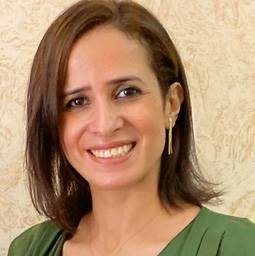


![Palestinian journalists attempt to connect to the internet using their phones in Rafah on the southern Gaza Strip. [Said Khatib/AFP]](/sites/default/files/ajr/2025/34962UB-highres-1705225575%20Large.jpeg)


